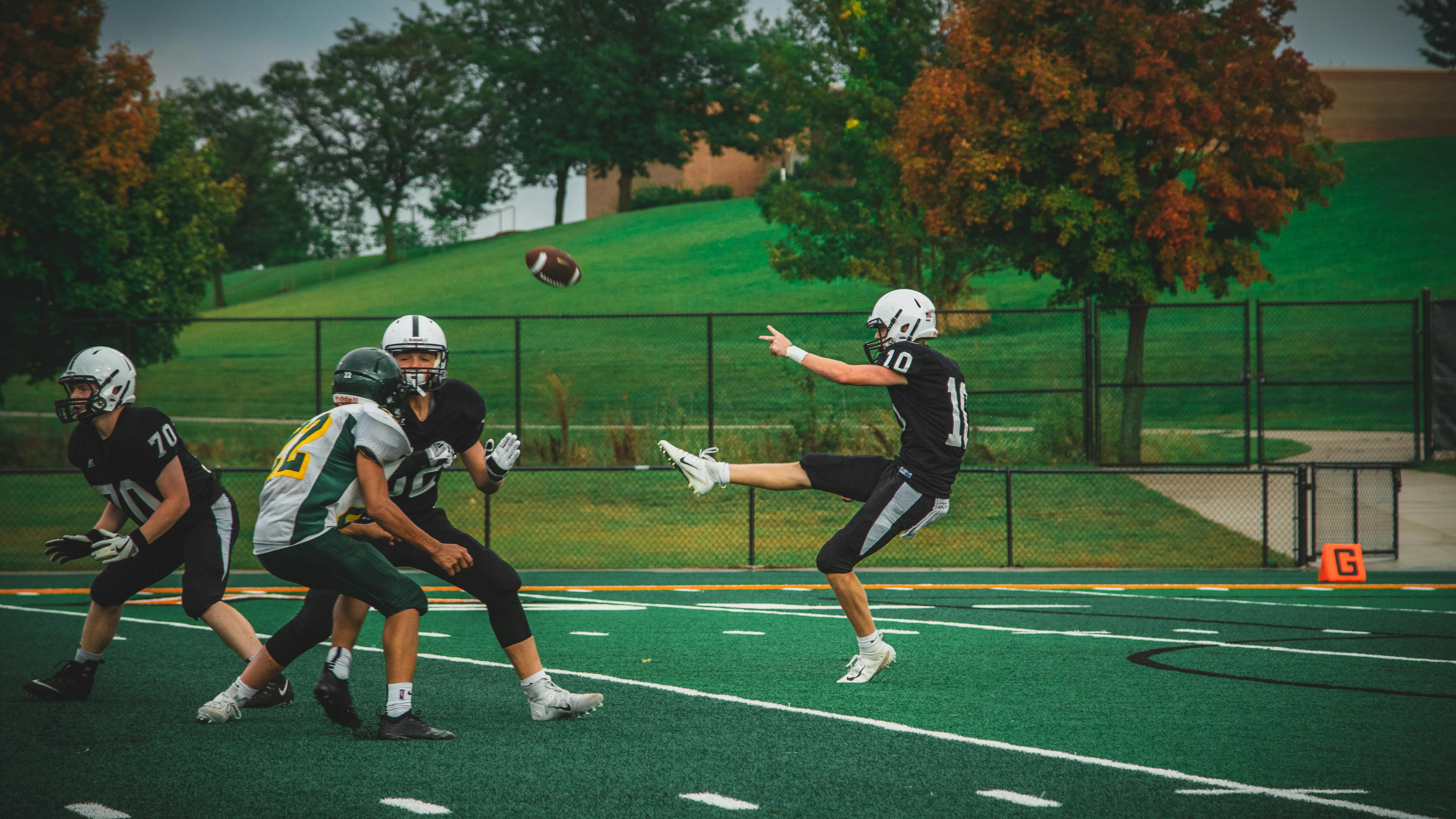Climate change is a natural process on earth, any mammoth or dinosaur could tell you, however the rate at which it is currently happening is not natural. If you were to think of a process your body goes through when a mosquito bites you; it itches, for a few days it has a small red bump, and eventually it goes away. This is a natural process if left alone. But we don’t leave things alone; in fact, humans have a reputation for development, change, growth, and get involved in things when perhaps sometimes things should just be left alone. So we bite, we scratch, we infect. The itching turns red and becomes much more severe than it should have been.
2010 is the International Year of Biodiversity, the year when new species continue to be found, but there are more tigers in captivity than in the wild. Here in Africa, our signature beast, the king of the jungle, the lion is now an endangered species, and experts predict its extinction in 20 years. These are events that happen in our life.
According to the Living Planet report in 2007, only humanity used 2 planets in resources. We already exceeded our planet’s biocapacity by 50% in 2007 and the carbon footprint has increased 11 times since 1961. 71 countries are experiencing stress on blue water sources and here in South Africa we are already predicting water scarcity problems and some rural and small towns are already experiencing them.
According to the domino effect, the loss of biodiversity has an impact on ecosystems, causing damage, degrading and eventually leading to a total collapse. The threats of habitat loss, alteration and fragmentation, overexploitation of populations of wild species, pollution, climate change and invasive species in turn destroy the services that ecosystems provide to humans for free; natural process regulation services, such as water filtration, waste decomposition, climate regulation and crop pollination. Services such as support for regulation of basic ecological functions and processes, eg nutrient cycling, photosynthesis, and soil formation.
“Fundamentally, the dependence of human society on ecosystem services makes the loss of these services a serious threat to the future well-being and development of all people, worldwide” – Living Planet Report; 2010.
Globally, there has been a 30% decrease in biodiversity. Some examples of individual species include bluefin tuna, a fish made famous not only by tuna salad and pasta, but by the recent threat to its breeding ground caused by the BP oil spill in the Gulf. at the beginning of this year, it has decreased its population by 5.8%. Another example is the leatherback turtle, another species affected by the BP oil spill in the Gulf, which has declined by 20.5%.
In the biogeographic realms of the report, South Africa is part of “Afrotropical”, showing signs of recovery since the 1990s, where the Living Planet Index was at minus 55%. The statistics differ for each country, as in America and the United Arab Emirates 4.5 planets are needed to keep up with carbon emissions and consumption used. In India they need less than 50% of the planet.
In an attempt to find a ‘greener’ fuel using biofuels, palm oil crops have increased eightfold in 20 years, converting 7.8 ha in 2010. This land conversion included forests on the islands of Borneo and Sumatra, the home of the Orangutan. Its population has been reduced tenfold in populations of two species as a result of deforestation and habitat degradation.
However, the report says that all is not lost. The minimum sustainability criterion based on the planet’s available biocapacity and the human development index “indicates that, in fact, it is possible for countries to meet these criteria, although there are still great challenges for all countries to meet them.”
Reason for minimalist architecture The “Less is more” approach is necessary, not only in architecture and art, but from the individual, nations and the world. The balance needs to change us getting everything and nature nothing, to nature getting more, more in protected areas, more in conservation, more in investment to recover the damage that has been created over the years and that we obtain less and more good let’s use the resources. we have already captured it.
It is necessary to implement policies, improve and implement renewable energy and grow sustainable development in sectors such as agriculture, mining and fishing.
Humans can ‘sting, scratch and infect’, but we also have the ability to learn from past events and use our abilities to create salves to heal.

